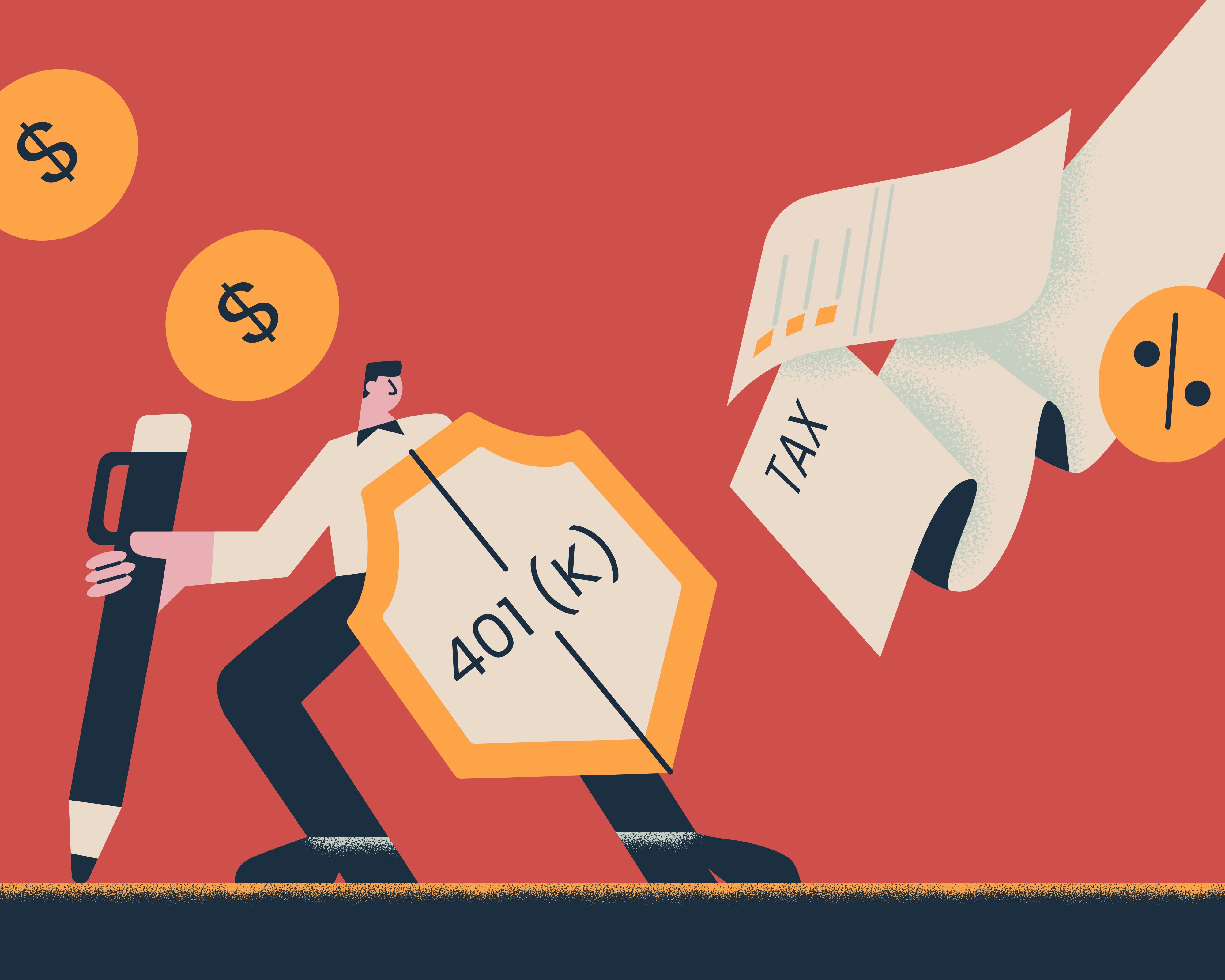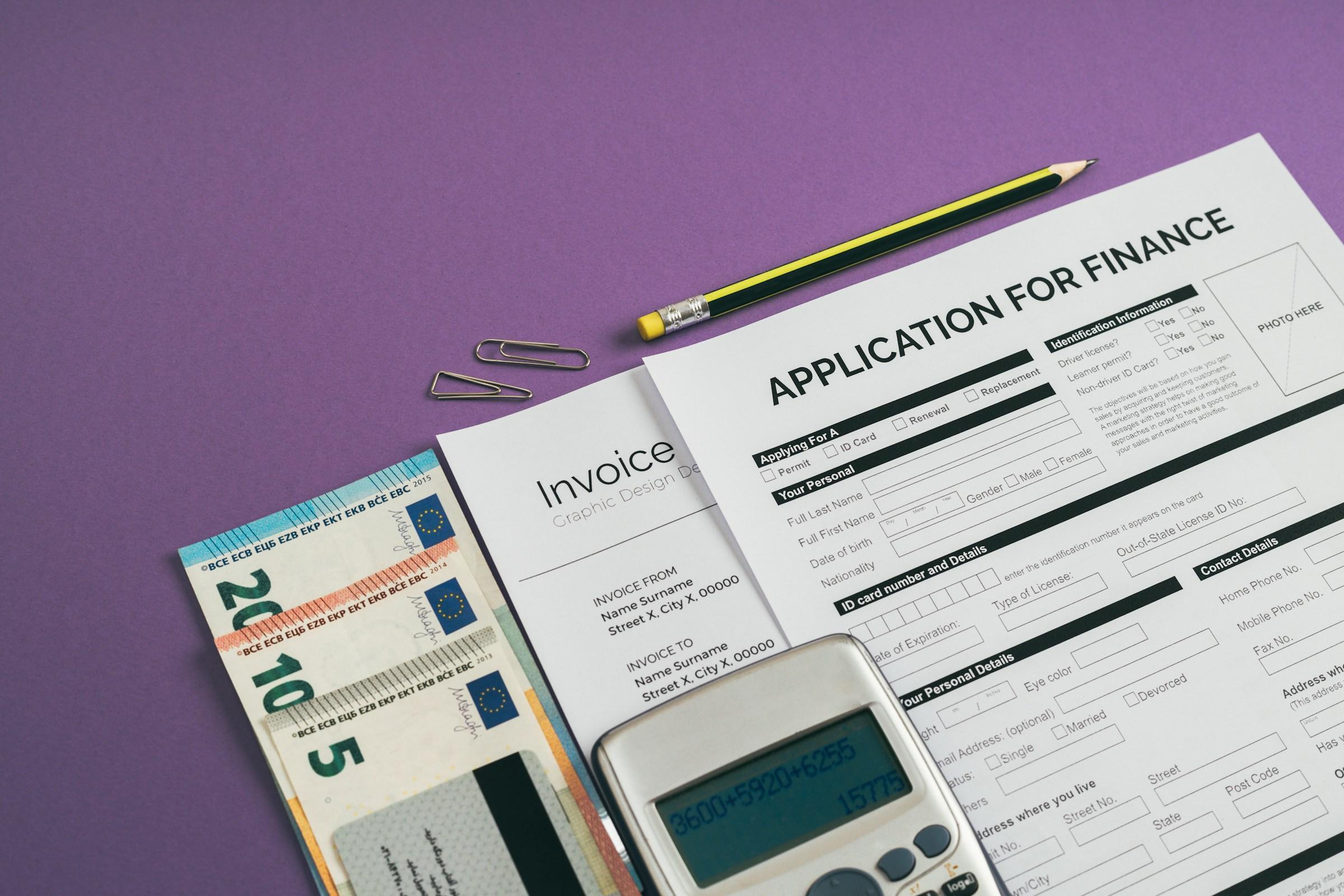A 401(k) does not promise glamour or quick wins. It promises a reliable path. That promise rests on simple mechanics that work with the way most people live and earn. Money moves from payroll into investments before it ever touches your spending account. The plan can include employer contributions that appear only if you show up for yourself first. Taxes are coordinated so that your saving effort does not fight your cash flow at the worst moments. The menu inside the plan tries to make a good choice easy and a bad choice harder. Over years, these features create an environment where steady behavior produces a meaningful result. That is the central benefit of investing in a 401(k). It is a system that helps ordinary workers behave like long term investors.
Employer matching is the most visible advantage. In a world where guarantees are rare, a match is the closest thing to free growth you can find. If your company offers fifty cents for every dollar you contribute up to a certain percentage, the first task is to reach the level that secures the full match. Those employer dollars land in your account next to your own contributions, and they begin to compound from the same day. The numbers that matter are not just percentages and charts. The impact shows up years later when a larger base has been compounding through both calm and turbulence. Many people who reach mid career with regret are not regretting market timing or a missed hot stock. They are regretting the simple act of not claiming the match for a string of early years. The good news is that the remedy is clear. Set the contribution rate to at least the matched level today, then automate small increases that take you toward your true target savings rate.
Tax treatment is the quiet partner that helps a 401(k) fit into a household budget. Traditional contributions reduce taxable income in the year you make them. For families in high tax brackets or in expensive years that relief can be the difference between saving consistently and stopping during hard months. Roth contributions flip the picture. You pay tax now and accept no deduction today, then you plan for qualified withdrawals that are not taxed later. Some plans allow both options within the same account, and some allow you to convert traditional balances into Roth through an internal process. The choice is not a contest to predict future tax law with perfect accuracy. It is a practical match between today’s cash flow and tomorrow’s flexibility. If the present tax rate feels heavy and room in the budget is thin, traditional contributions help. If your current income is lower than you expect it to be in the future, or you value diversification of tax buckets for retirement planning, Roth contributions make sense. Many households blend the two, which spreads risk and keeps options open.
Automatic payroll deduction is more than a convenience. It is a behavioral shield. Money that never appears in checking is money you do not need willpower to protect. The habit forms without drama, and the habit remains when you are tired or busy. People imagine that investing is mostly about decisions made in a flash of insight. In reality it is often about a series of ordinary pay cycles where nothing remarkable happens except that contributions still go in. The 401(k) structure aligns saving with the rhythm of your life, and that alignment matters more than most spreadsheets admit. A small contribution rate that never stops usually beats a bold rate that disappears when the calendar gets crowded.
Modern plan design extends that behavioral support. Auto enrollment starts new employees at a default savings rate. Auto escalation raises that rate by a small increment each year. These features use inertia in your favor. The defaults are not sacred, so you should check them and set them to match your own goals. If your retirement plan suggests you need a higher savings rate, instruct the system to climb by a fixed amount each year until it reaches the required level. If your rate is already high enough, you can leave escalation off. The point is not to surrender judgment to a robot. The point is to build a structure that continues to function while life demands your attention elsewhere.
Investment menus inside 401(k) plans are not perfect, but they are getting better. Many offer a simple core of broad market index funds with low fees. Many also include target date funds that automatically shift from higher stock exposure in youth to a more balanced mix as you approach retirement age. For professionals who want to think about markets as little as possible, a suitable target date fund often beats a scattered collection of funds assembled late at night and never reviewed. If you prefer to build your own allocation, the usual guidance still holds. Choose a diversified mix of low cost stock and bond funds that you can hold through both good and bad markets, then rebalance on a schedule. The plan helps you avoid daily trading temptations, which reduces the risk of emotional choices that sabotage returns.
Portability is another benefit that many people underestimate. When you leave an employer you typically can leave the balance in the old plan if the rules allow, roll it into a new employer’s 401(k), or move it to an individual retirement account. Each path has advantages and drawbacks. Staying in a strong plan with low fees and good funds can be a fine choice. Rolling into a new plan can consolidate scattered savings and keep the door open for plan loans if that feature matters to you. Moving to an IRA can broaden investment choice, but it may reduce creditor protections and can complicate strategies like the backdoor Roth if you plan to use them. The essential point is that your retirement savings are not trapped. They can follow your career in a way that keeps compounding uninterrupted.
Contribution limits inside a 401(k) are generous relative to many other vehicles. The ceiling adjusts over time and there are catch up provisions for people who are age fifty or older. Those limits allow late starters to close gaps if income rises in later years. They also allow diligent savers to push hard during seasons of high earnings or large bonuses. If your income arrives in uneven waves, you can plan your contribution rate to rise temporarily in bonus months, then return to a sustainable base. The calendar is your ally, since many plans let you schedule rate changes ahead of time.
Some plans offer an advanced feature that allows after tax contributions above the usual limit along with in plan Roth conversions. This process is often called a mega backdoor Roth. It is powerful for high savers because it moves extra dollars into a Roth bucket where future growth can be withdrawn without tax under the right rules. It is not universal and the details depend on plan documents and administrative practices. If your plan offers it, learn the rules for caps and timing, and coordinate with payroll so that conversions happen cleanly. A brief call with human resources can save you from messy corrections later.
Loans and hardship withdrawals sit in a gray area. They are not reasons to join a plan, but their existence can soften a real emergency. A 401(k) loan is repaid to your own account and the interest you pay returns to you. The risk is job separation while a loan is outstanding, which can trigger accelerated repayment or a taxable event. Hardship withdrawals can solve a crisis, but they create taxes and possibly penalties if you are under the qualifying age. The healthiest way to think about these features is as a last resort during true hardship, not as a funding source for discretionary purchases. Once the crisis passes, rebuild contributions quickly so that the long term plan gets back on track.
Regulation and oversight create less visible benefits. Plans must meet standards for prudence and fees. Participants have disclosures and avenues for recourse if something is out of line. These protections do not guarantee excellence, but they create a baseline that is often better than ad hoc investing through high fee products that are marketed aggressively outside employer plans. In addition, 401(k) assets receive strong protections from most creditors in many jurisdictions. That can matter to entrepreneurs, medical professionals, and anyone whose work carries liability exposure. The legal shield does not replace insurance or good risk management, but it is a meaningful layer in a world where career risk is not evenly distributed.
Costs still demand attention. Within any plan, expense ratios vary. The effect of fees compounds just as returns do. A small difference repeated over twenty or thirty years becomes a large difference. One advantage of the 401(k) environment is access to institutional share classes with lower fees than typical retail funds. When two funds are similar, choose the lower cost option. If your plan offers a brokerage window that allows investing beyond the core menu, use it with restraint. Extra choice is attractive, but it can invite complexity and encourage trading that harms results. Most investors are well served by the core lineup.
Coordination with the rest of your financial life is often easier than it appears. Households juggle multiple goals such as building an emergency fund, saving for a first home, or planning for education costs. A healthy way to handle this is to assign each account a job. Let the 401(k) focus on retirement. Let a taxable brokerage account support medium term goals where timelines are flexible. Let the emergency fund cover the shocks that would otherwise trigger expensive debt. If your employer offers a health savings account paired with a high deductible health plan, consider treating the HSA as a stealth retirement account by investing it for the long term and paying current medical expenses from cash flow when you can. Clarity about each account’s role reduces the instinct to raid one goal to serve another when markets become noisy.
International workers who spent time in the United States often worry about what to do with old 401(k)s after a move. The basic strengths continue to apply. You can roll balances from prior employers into a consolidated account, usually an IRA, which simplifies management from abroad. Cross border tax considerations become more complex, so professional advice is wise, but the underlying engine of diversified compounding remains intact. The discipline you built continues to serve you even if your career crosses borders.
Retirement itself is not a finish line so much as a transition that the 401(k) can help you manage. Required minimum distributions apply to traditional dollars at certain ages. Roth dollars inside the plan and Roth IRAs follow different rules. A thoughtful mix of both allows you to shape your taxable income in retirement and coordinate with the timing of Social Security and any pension benefits. If you enjoy your work and stay on the job past traditional retirement age, some employers allow continued contributions, which extends your compounding runway. The same small habits that carried you through accumulation can guide your drawdown strategy as well. You review once a year, rebalance when bands are breached, and let the plan’s structure keep emotional decisions in check.
All of these benefits can sound technical, yet the heart of the matter is simple. A 401(k) is designed to make the good path the easy path. It moves saving to the front of the line, turns matches into momentum, aligns taxes with your reality, and reduces the need for constant decision making. A brokerage account has flexibility, which is useful for goals that are not retirement. A savings account has liquidity, which is essential for emergencies. The 401(k) is purpose built for the single long term goal that most people will struggle to fund without structure. When you use it consistently, you give compounding the time and the quiet it needs.
If you are starting today, there is a straightforward way to proceed. Contribute at least enough to receive the full employer match. Choose a low cost diversified allocation you can hold through rough markets, or choose a target date fund that matches your expected retirement year. Turn on auto escalation so that your contribution rate drifts higher until it meets your real target. Review annually, preferably in a calm month, to check fees, confirm allocations, and adjust your savings rate after raises. Resist the urge to overhaul the plan in response to headlines. Most of the work is done by time and consistency, not by clever switches at stressful moments.
There is no prize for complexity. There is comfort in knowing that every paycheck moves a small amount of money into a structure that protects it from impulse and aims it at a clear purpose. The 401(k) does not need to be perfect to be powerful. It needs to be used. When you give it that chance, it gives you something rare in personal finance. It gives you a process you can trust even when your attention is elsewhere. Over a working life, that trust may be the most valuable benefit of all.











-1.jpg&w=3840&q=75)


